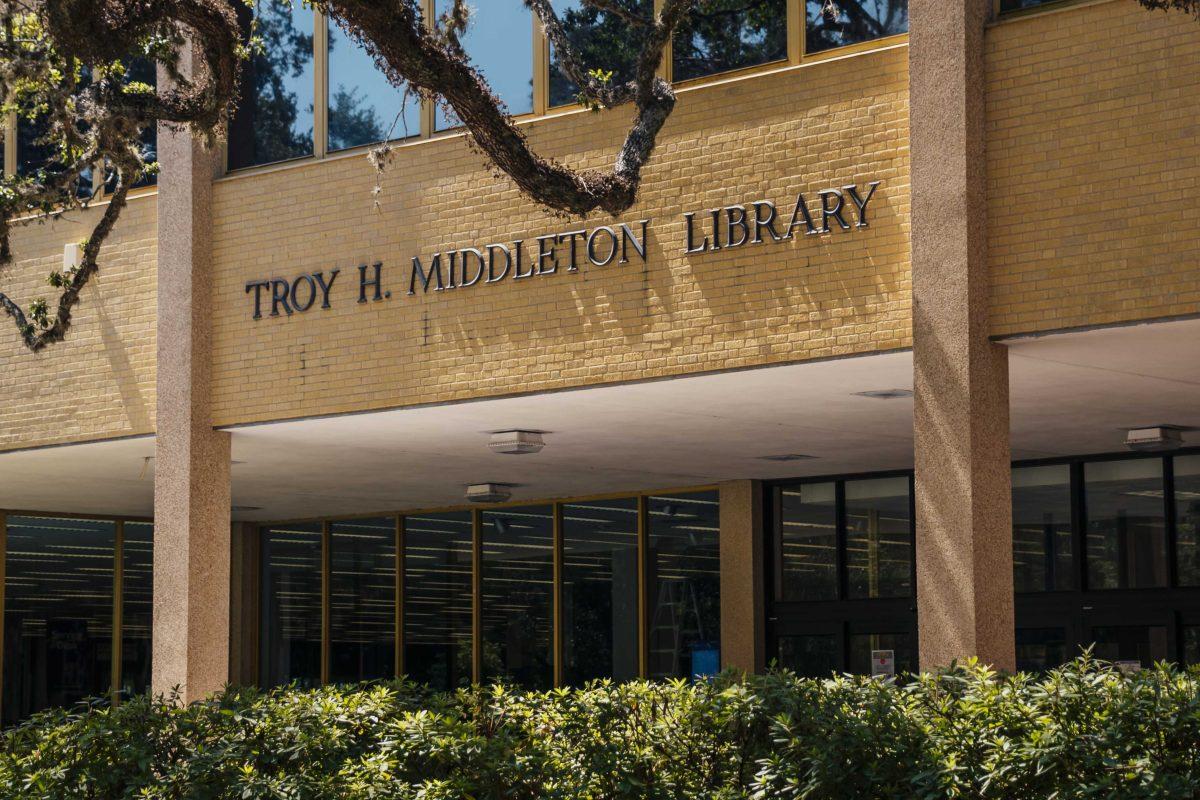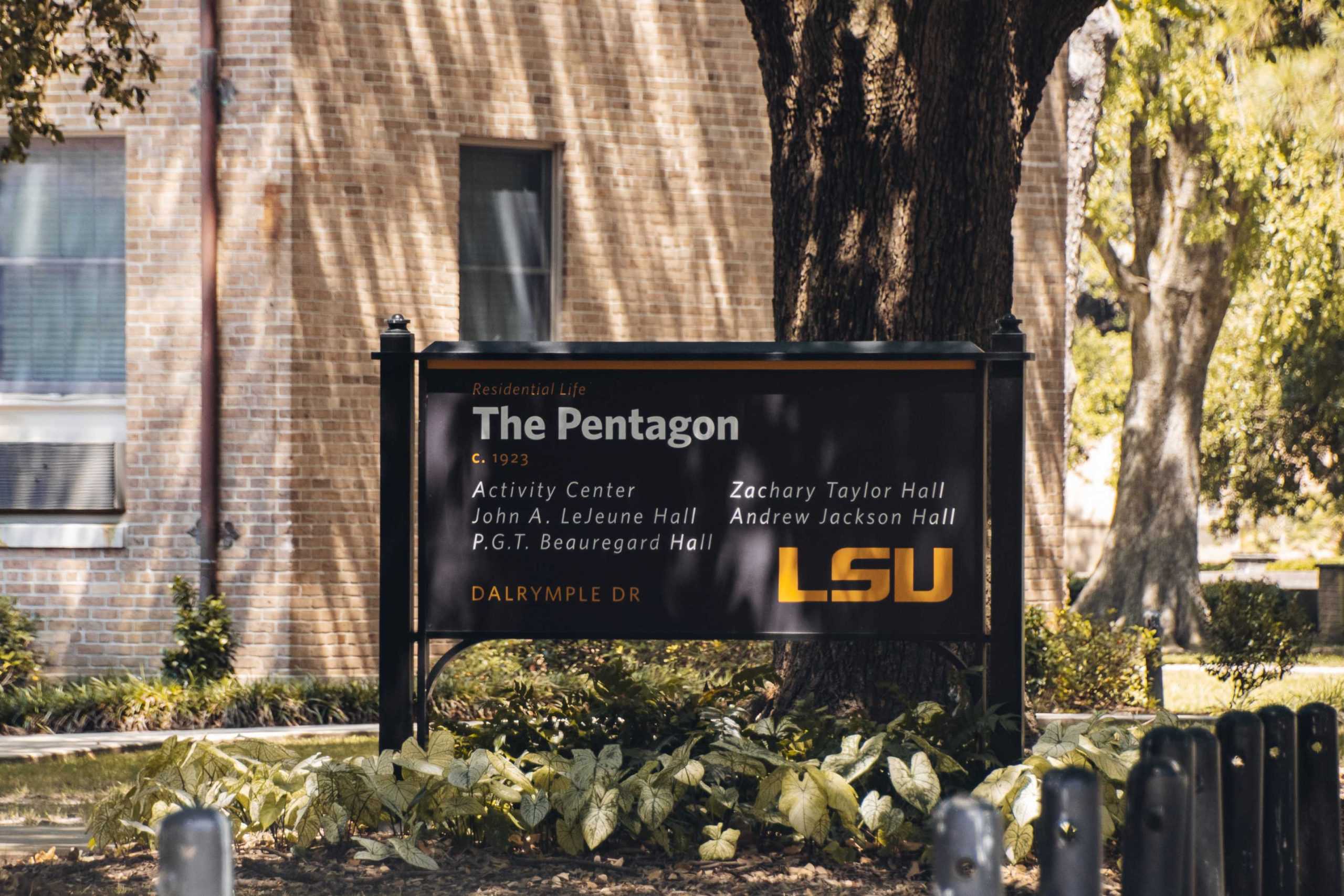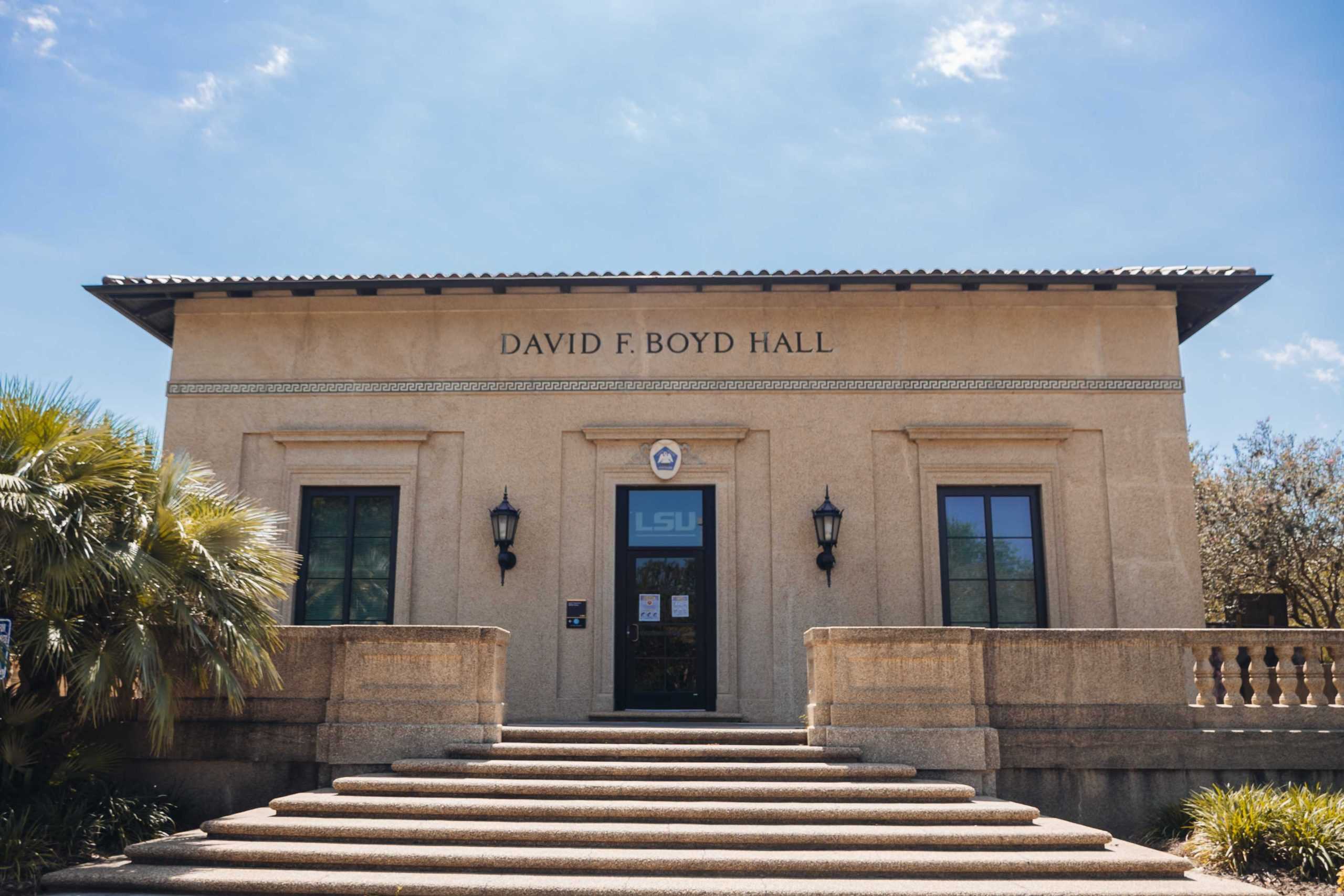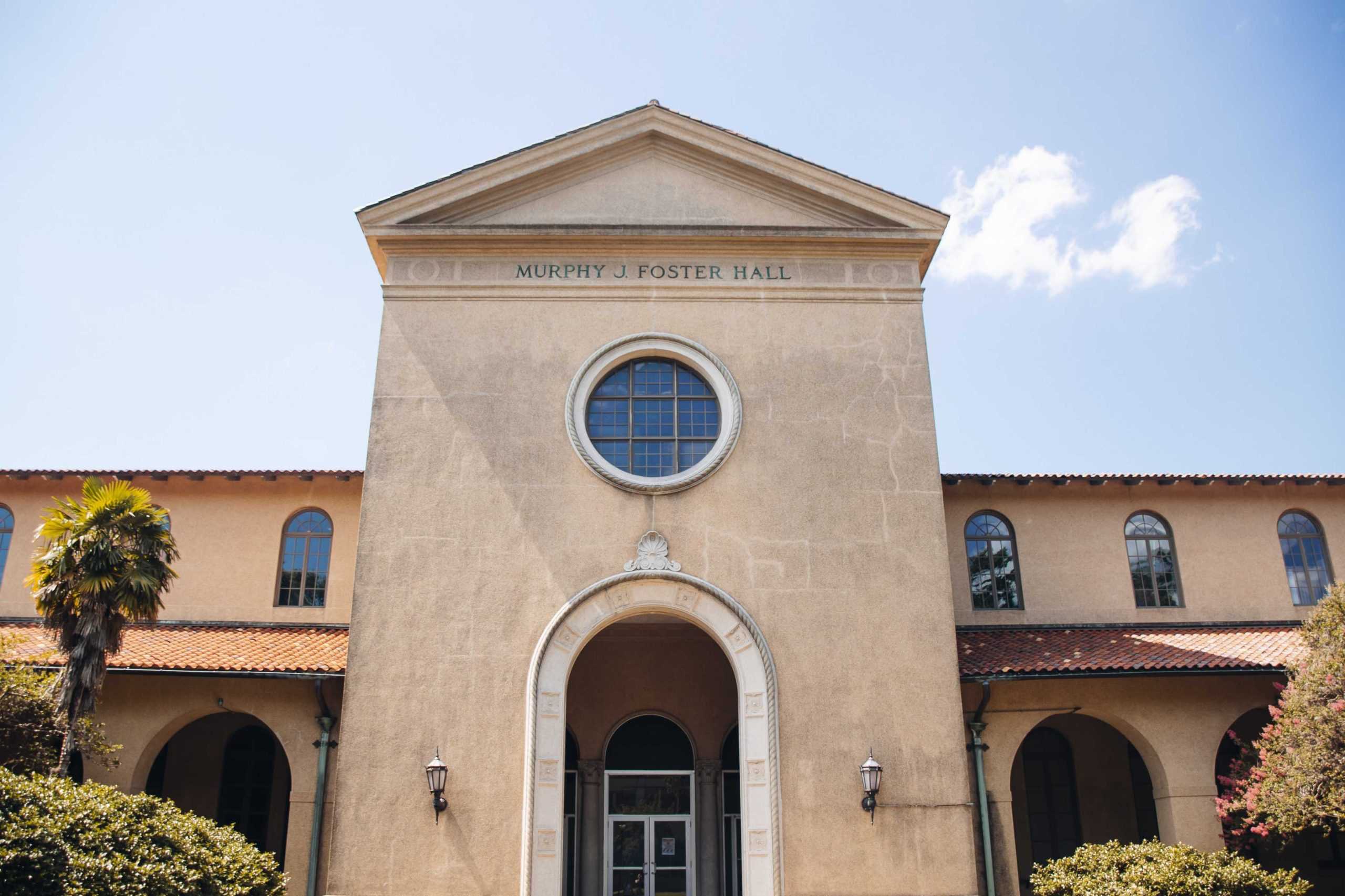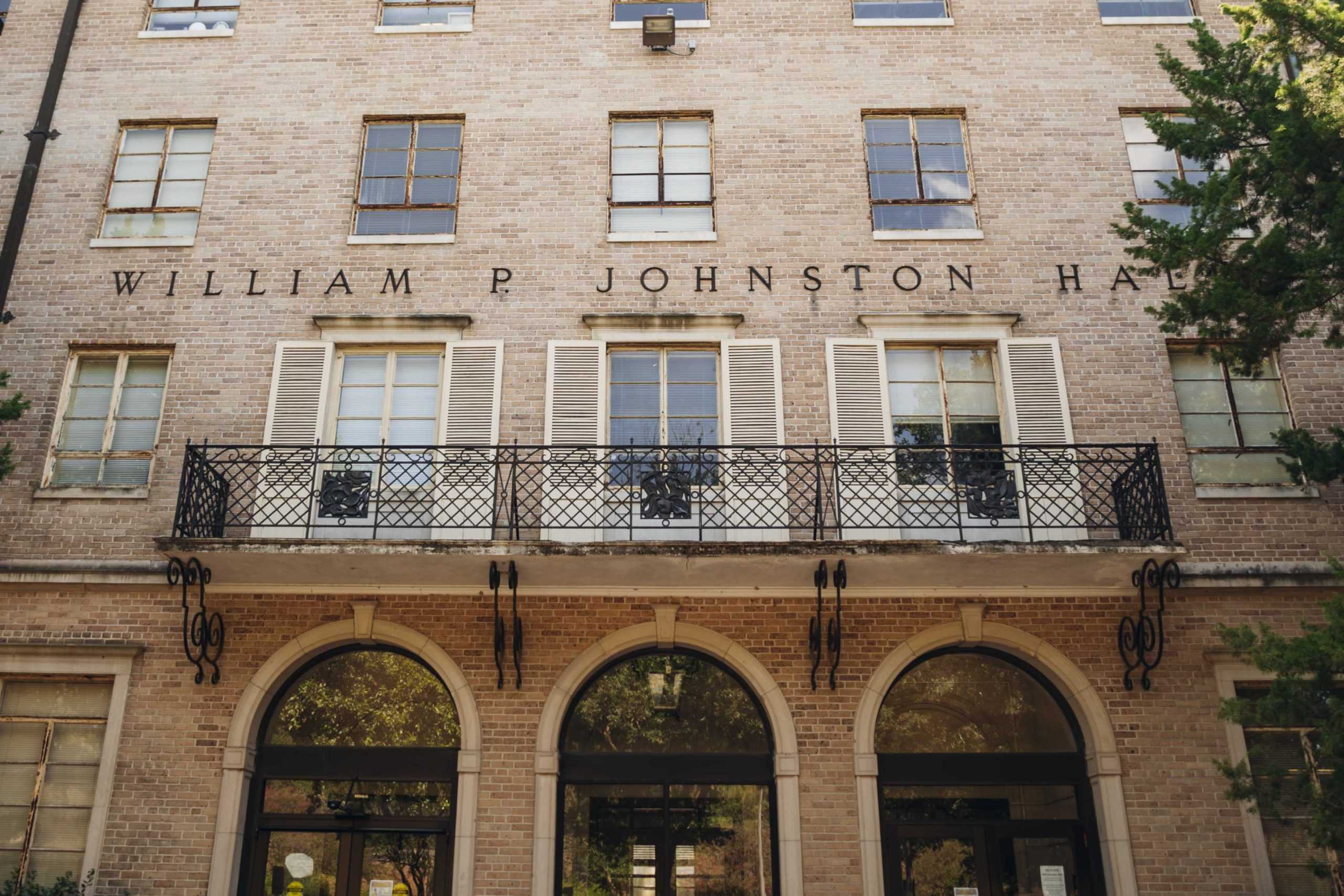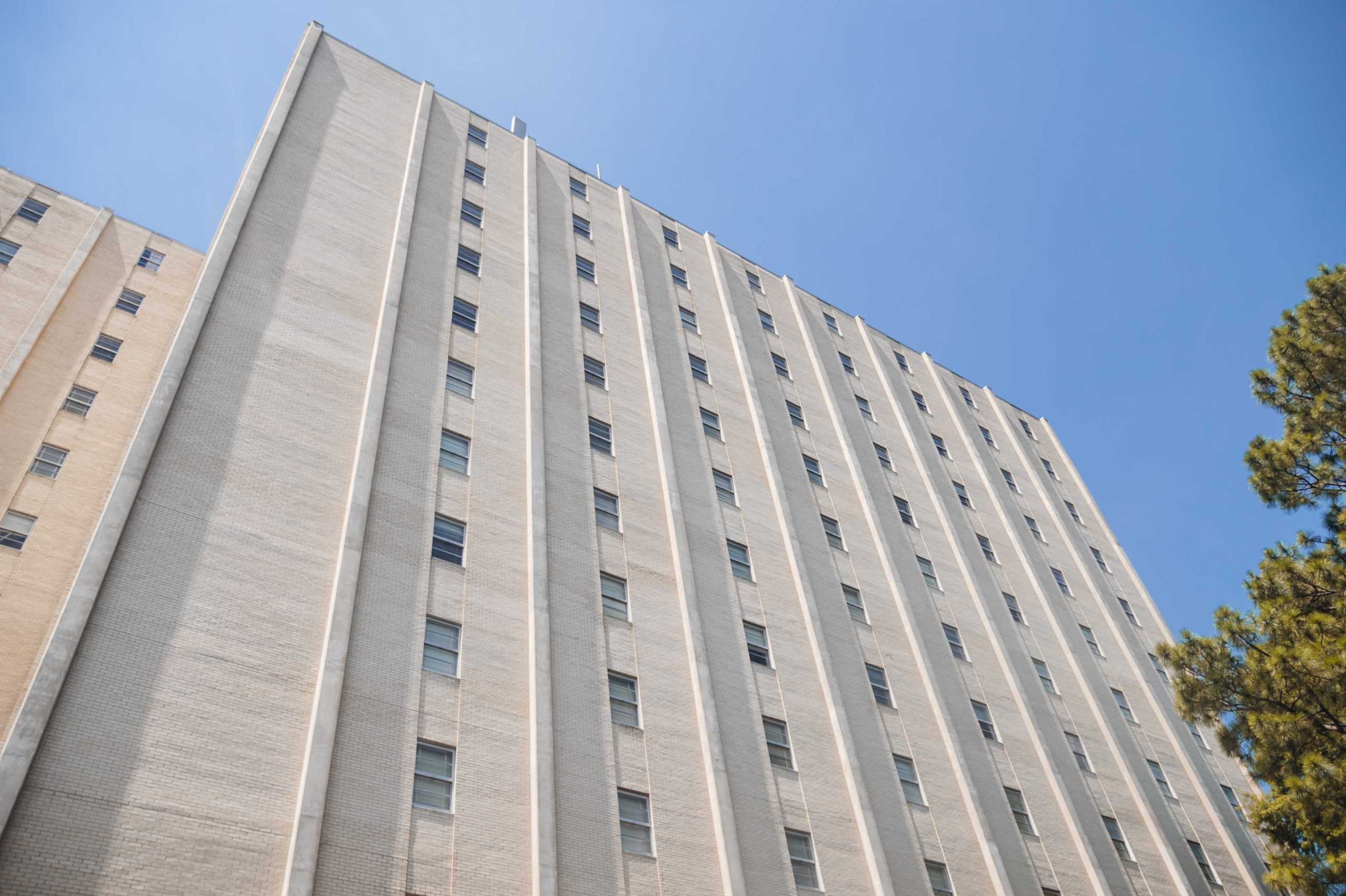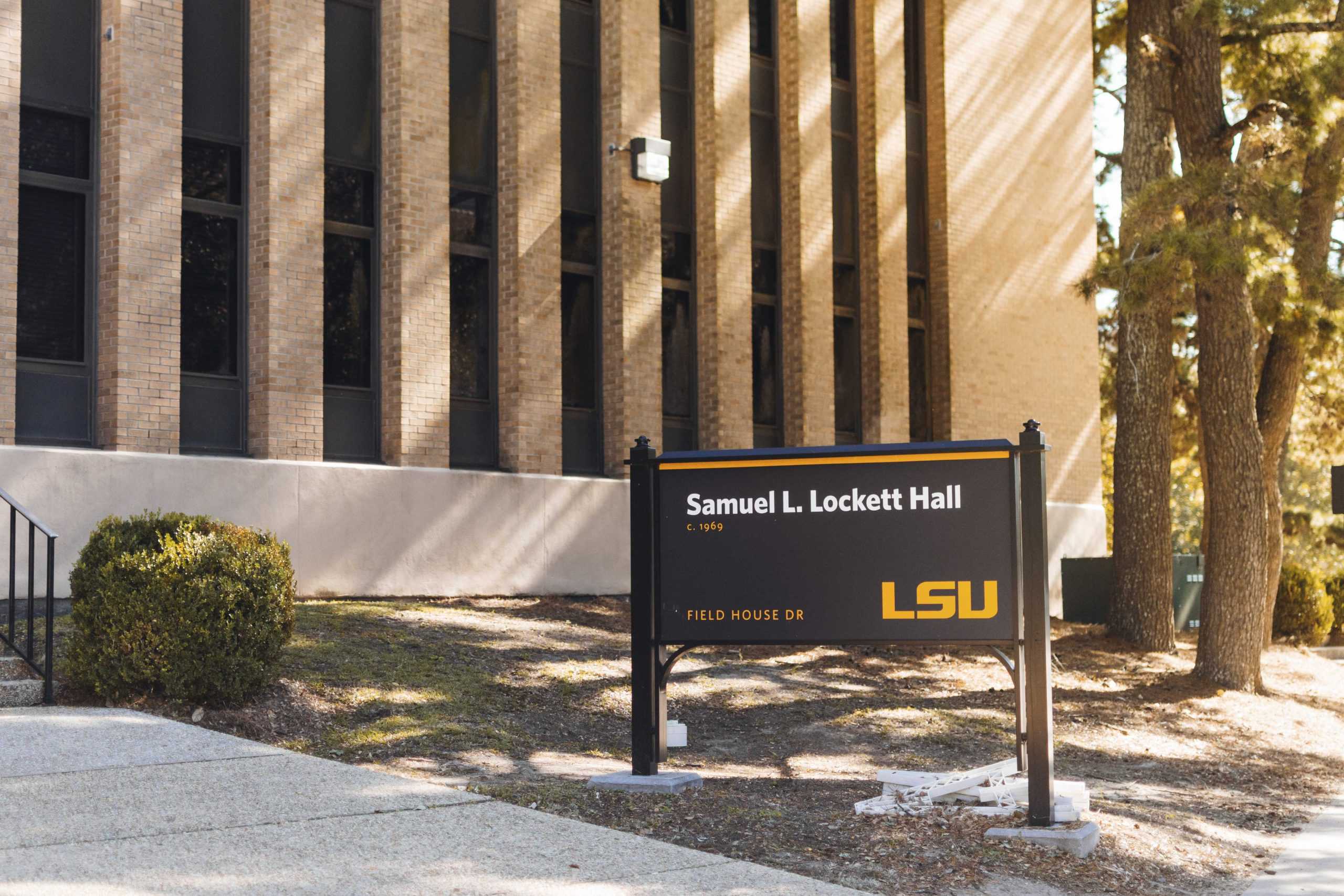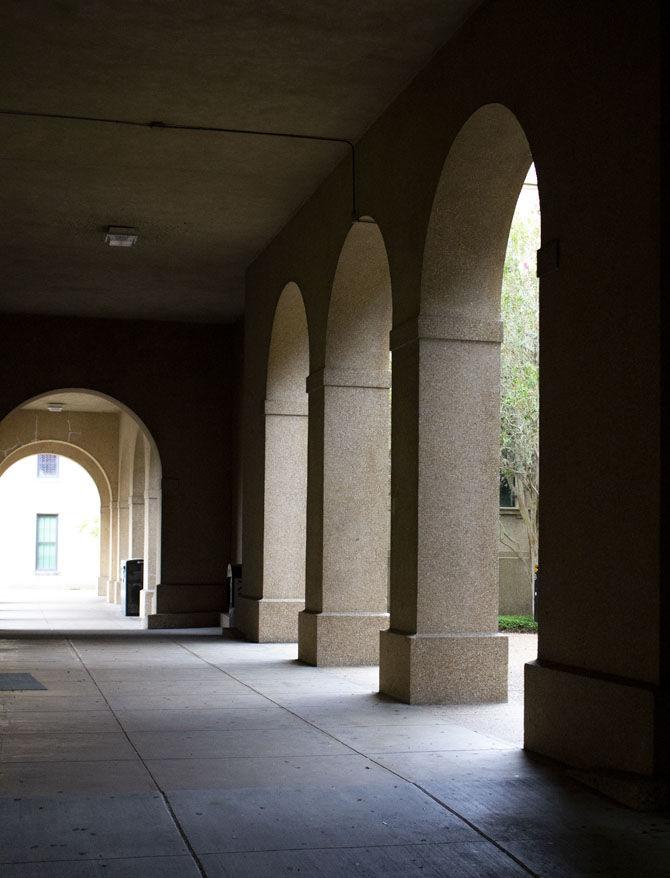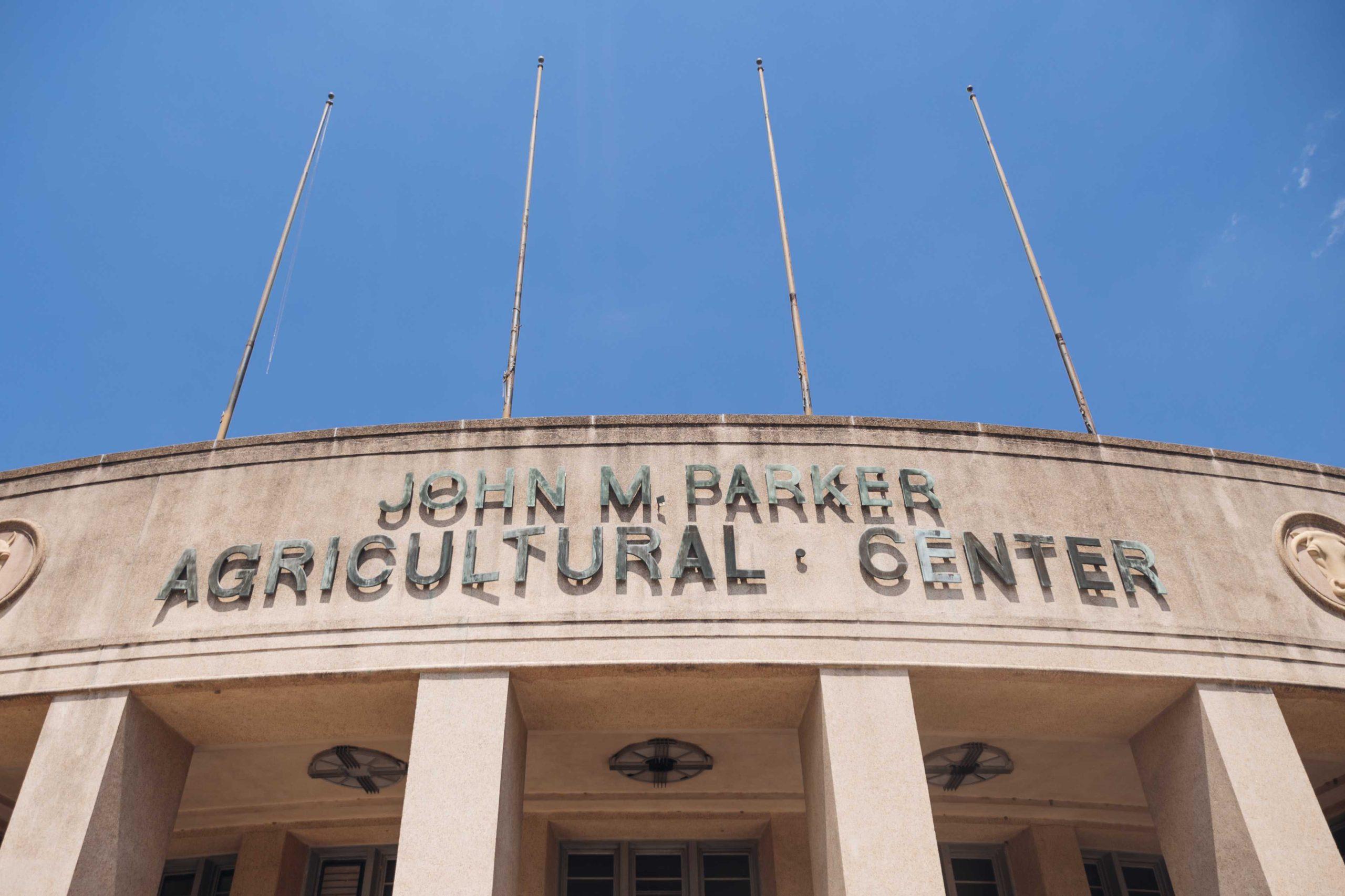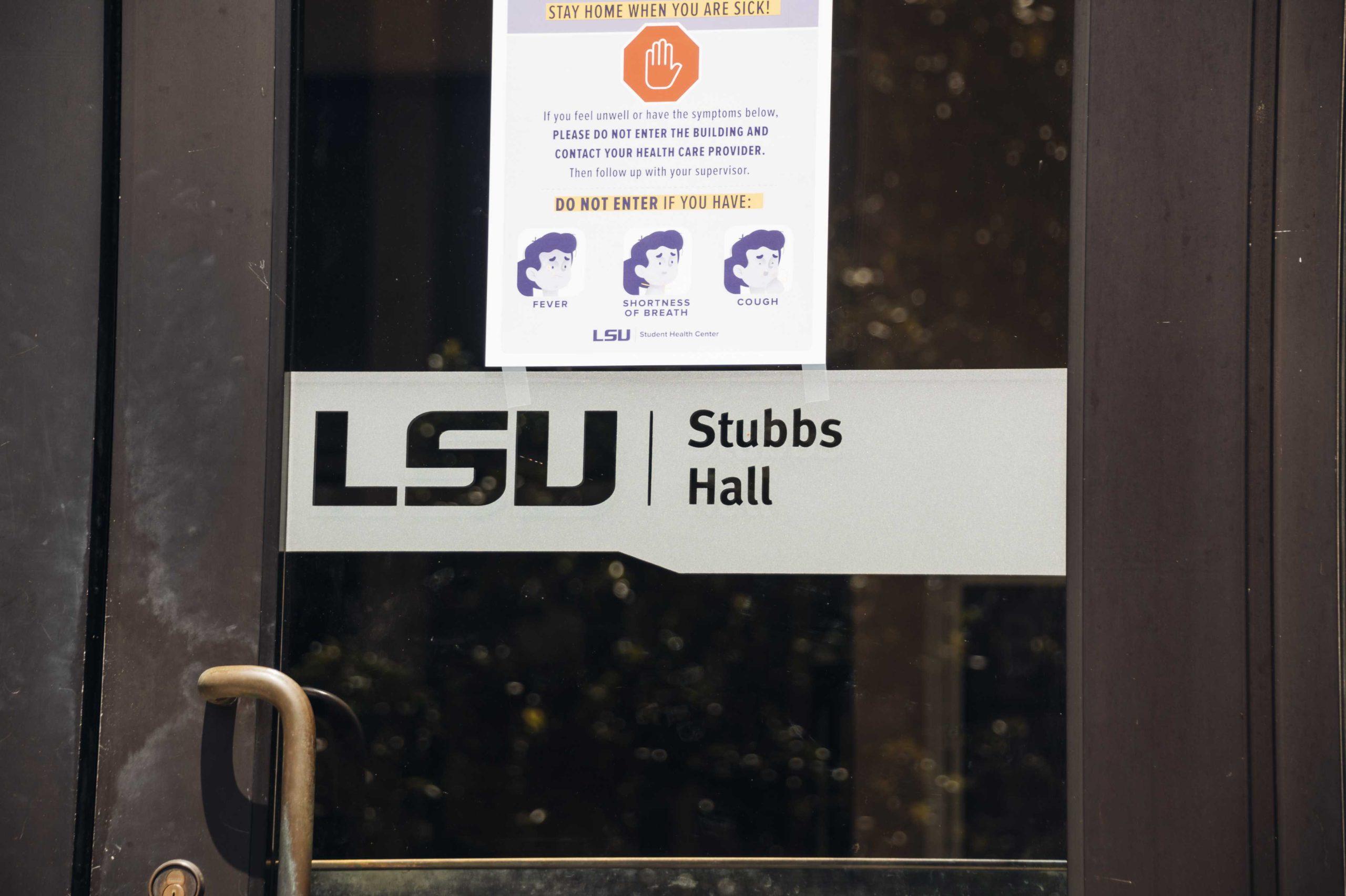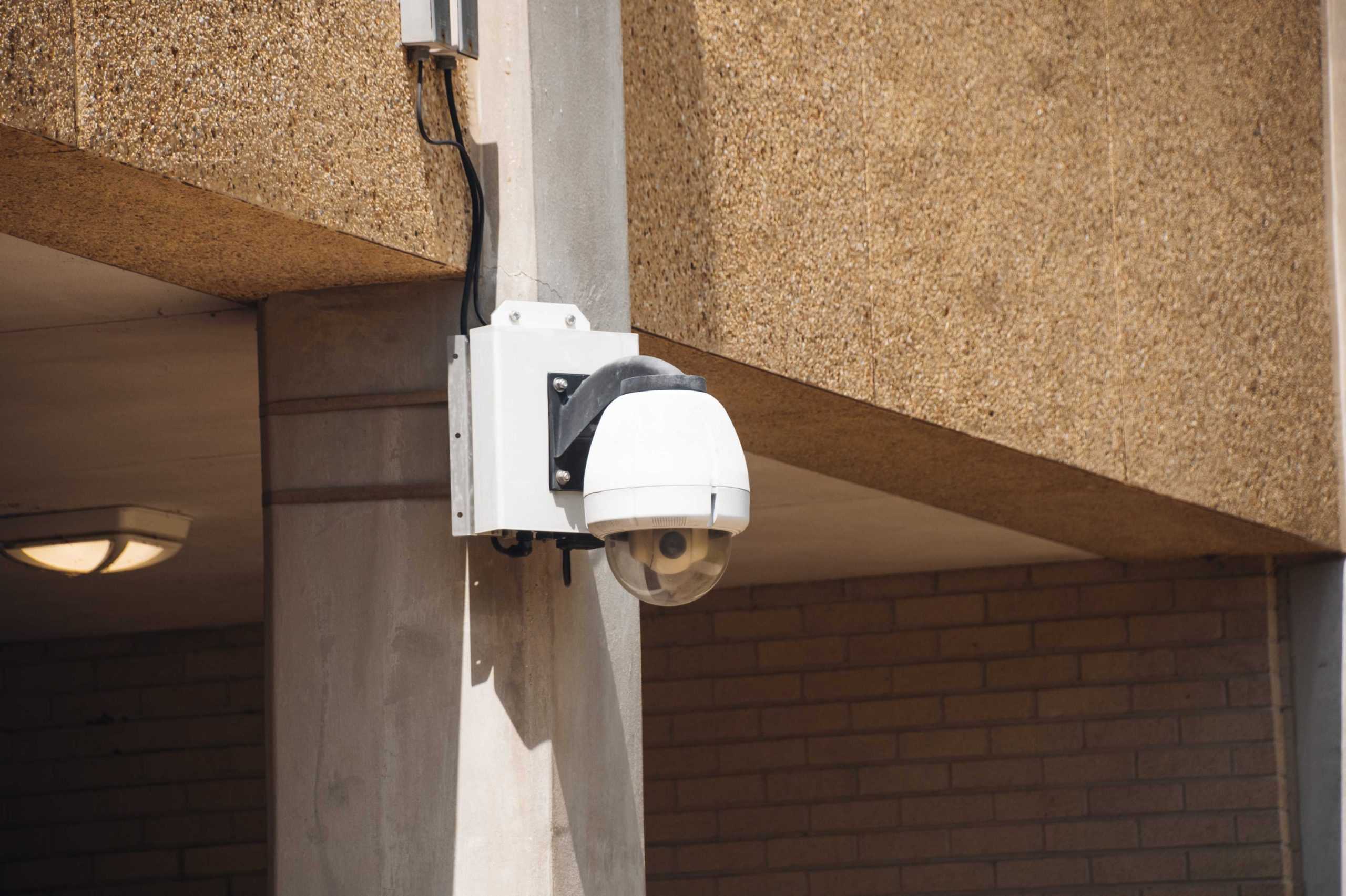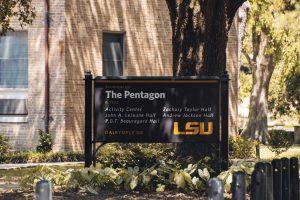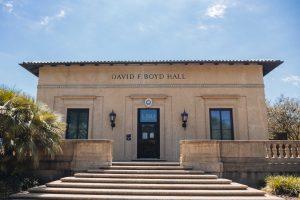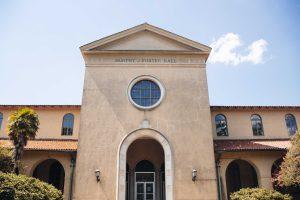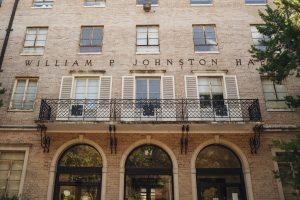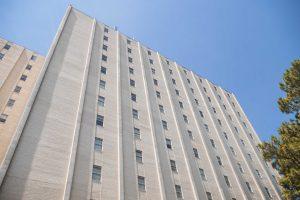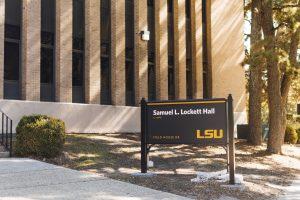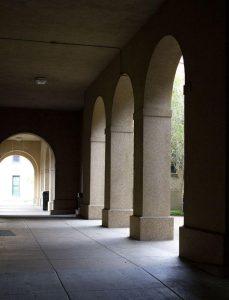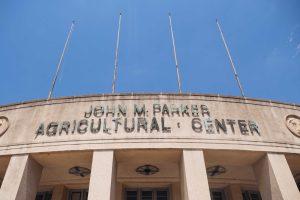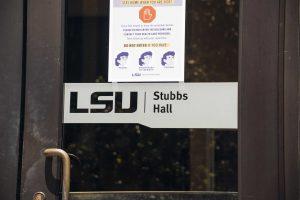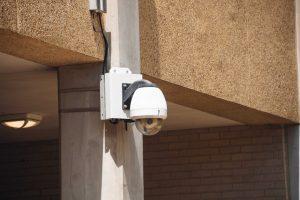Troy H. Middleton Library was officially stripped of its name on June 19, after students and alumni denounced Middleton’s segregationist past; however, Middleton is one of many building names on campus that pays homage to controversial figures.
Below is a list of 12 University buildings named after Confederate officers, segregationists, and slaveowners, using information collected from various digital archives and University records.
1. Middleton Library
Troy H. Middleton was a former LSU president, from 1951 to 1962, and his troubled legacy surrounds a letter on desegregation he wrote to former University of Texas Chancellor Harry Ransom in 1961 that said LSU still kept black students “in a given area.”
“Though we did not like it, we accepted Negroes as students,” Middleton wrote.
He also presented a formal report titled “LSU and Segregation” to the Board of Supervisors in 1956, according to University archives.
“[The University] has [admitted black students] reluctantly, under court order,” Middleton wrote in the report. “While there are some 117 Negroes enrolled at LSU, the historic policy of the University is not to admit Negroes. It is unlikely that there will be any change in this policy.”
2. Beauregard Hall
Beauregard Hall, named after PGT Beauregard, is one of the four residence halls in the Pentagon Community. Beauregard was an American military officer who was a prominent general of the Confederate States Army during the American Civil War, according to the G.T. Beauregard papers, 1861-1893. He also ordered the first shots of the Civil War at Fort Sumter.
Although he has no known affiliation with LSU, he was born on his family’s St. Bernard Parish sugar cane plantation and was buried in Metairie Cemetery. University policy states that buildings must be named in honor of someone who had significant ties to the University or “be of outstanding character and distinction and have made substantial contributions to his/her field of endeavor or to society in general.”
In 2015, a statue of Beauregard outside City Park was among four Confederate monuments in New Orleans that was voted to be removed, according to NOLA.com.
3. David Boyd Hall
Boyd was a Confederate colonel, prominent Louisiana educator and the University’s first superintendent. He served in the 9th Louisiana infantry, otherwise known as the “Louisiana Tigers” for their reputation as one of the most violent battalions in the Civil War. Charles E. Coates, the University’s first football coach and the namesake of Coates Hall, chose the tiger as the team mascot to represent strength and aggression.
In 1865, Boyd became the superintendent of Louisiana State Seminary of Learning in Pineville, which later relocated to Baton Rouge and became Louisiana State University, according to the David French Boyd Papers.
In 1872, then-Louisiana Governor William Pitt Kellogg reportedly threatened to withdraw state legislature support for the University because Boyd refused to admit Black students.
David Boyd Hall, located behind Middleton, is home to the Office of Research and Economic Development.
4. Foster Hall
Foster Hall is the namesake of former Louisiana governor Murphy J. Foster.
While governor between 1892 and 1900, Foster signed legislation establishing literacy and land ownership as voter registration requirements. This disenfranchised the Black, Republican majority and caused Louisiana to become an exclusively Democratic state for decades, according Louisiana Secretary of State Historical Resources.
Foster Hall houses the Museum of Natural Sciences, the LSU School of Arts Gallery and a Subway diner, according to the LSU website.
5. Jackson Hall
In 1830, U.S. President Andrew Jackson signed the Indian Removal Act which forcibly revoked land from Native Americans.
Jackson’s plantation home, the Hermitage, amassed over 500 slaves, according to the Hermitage’s records. He was known for pursuing runaways and punishing them with brutal lashings. He once placed a newspaper ad offering $50 to anyone who could return his 30-year-old male slave, plus “ten dollars extra, for every hundred lashes any person will give him, to the amount of three hundred,” according to Cornell’s “Freedom on the Move” public database.
Jackson vehemently opposed the abolitionist movement.
Jackson Hall is another one of the four dormitory buildings composing the Pentagon.
6. Johnston Hall
During the American Civil War, William Preston Johnston was a colonel in the Confederate Army and also served as an aide-de-camp to Robert E. Lee and Jefferson Davis, president of the Confederate States. He became a professor at Washington College in Virginia after the war at the personal invitation of Robert E. Lee.
He was appointed president of Louisiana State University, but resigned four years later to become the first president of the new Tulane University in 1884, according to Tulane University Archives.
Johnston Hall, located along Field House Dr., houses Disability Services, Psychological Services Center and the Stephenson National Center for Security Research and Training
7. Kirby Smith Hall
The dormitory Kirby Smith Hall is named in remembrance of Edmund Kirby Smith.
Smith was a career United States Army officer who fought in the Mexican–American War. He later joined the Confederate States Army in the Civil War, and was promoted to general in the first months of the war. He was notable for his command of the Trans-Mississippi Department after the fall of Vicksburg to the United States. He has no known connections to Louisiana or to the University.
In 2017, a memorial honoring Kirby Smith at the University of the South in Sewanee was relocated from its prominent position at an intersection off the school’s main campus to the University graveyard, according to WPLN news. The change was made per the request of Kirby Smith’s descendants.
8. Lockett Hall
Samuel Henry Lockett served as a colonel in the Confederate Army and chief engineer for the Department of Mississippi and Louisiana during the Vicksburg campaign, according to the Samuel Henry Lockett Papers, 1820-1972. He was also a professor at LSU.
Lockett Hall is situated along Field House Dr. and is the central academic building for the Department of Mathematics.
9. Nicholson Hall.
James W. Nicholson joined the Confederate army at 17. He was a member of 12th Louisiana infantry regiment before coming to the University, where he served as a mathematics professor, the first dean of the College of Arts & Sciences and a University superintendent, according to the LSU Department of Physics & Astronomy website.
Nicholson Hall is located in the Quad and is the central academic building for the Department of Physics and Astronomy.
10. John M. Parker Agricultural Coliseum
Parker Coliseum, a multi-purpose arena mainly used for horse shows and livestock events, was named after former Louisiana Governor John M. Parker. Parker served as governor from 1920 to 1924, according to Louisiana Secretary of State Historical Resources. He also participated in and refused to apologize for the 1891 lynching of 11 Sicilian immigrants after 9 of them were acquitted for the murder of New Orleans Police Chief David C. Hennessy. The other two immigrants were being held on unrelated charges.
The lynching took place at the height of anti-Italian sentiments in America. Parker wrote in 1911 that Sicilian Americans were “just a little worse than the Negro, being if anything filthier in [their] habits, lawless, and treacherous.”
11. Stubbs Hall
William Carter Stubbs was born in 1846 in Gloucester County, Va., and served on the Confederate side of the Civil War before becoming a chemistry professor at what is now Auburn University (then known as Alabama Agricultural and Mechanical College). He later became the director of the Louisiana Sugar Experiment Station in New Orleans and an agriculture professor at LSU. He also authored a book entitled “The Cultivation of Sugar Cane,” according to William & Mary Special Collections Research Center. He is buried in Metairie Cemetery, where his tombstone reads, “”Author, scientist, educator and distinguished promoter of the sugar industry of the world.”
His building is home to the Department of Political Science and Department of Sociology.
12. Taylor Hall
Taylor Hall, another building in the Pentagon residence community, is named after 12th U.S. President Zachary Taylor. Taylor entered the White House in 1849, during a time of great turmoil regarding the addition of slavery in new U.S. territories, according to the White House Archives. Taylor supported the establishment of New Mexico and California as free states in order to preserve the Union, but he owned around 150 slaves between his Mississippi and Baton Rouge plantations. He was the last president to own slaves during his time in the White House. His daughter, Sarah Knox Taylor, went on to marry Confederate President Jefferson Davis, according to The Papers of Jefferson Davis.
A petition to rename the 11 other buildings in addition to Middleton Library, created by Democracy at Work LSU, can be found here.



